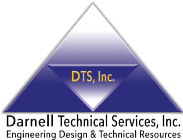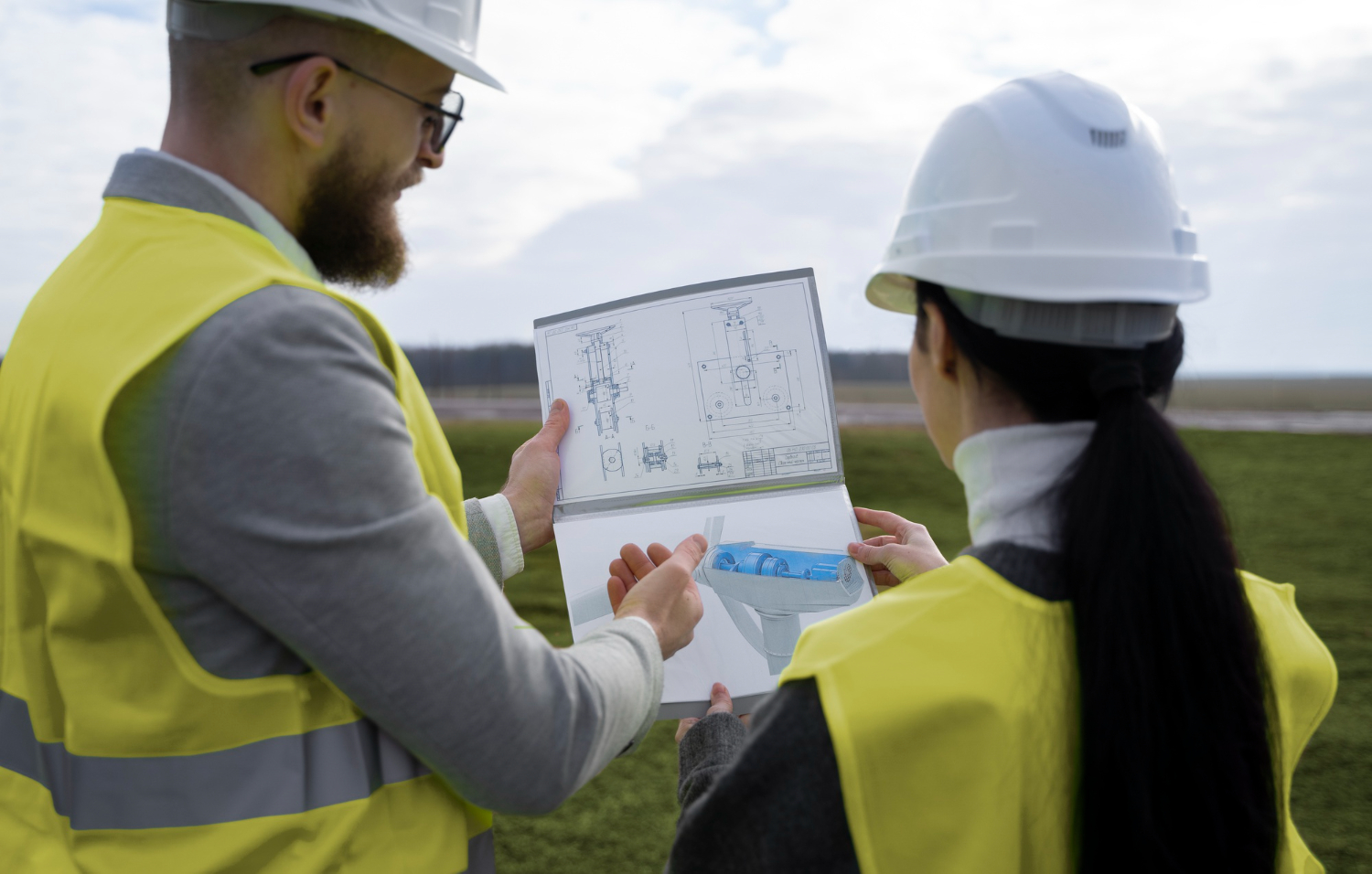California’s unique geographical location along the Pacific Ring of Fire makes it one of the most earthquake-prone regions in the world. This reality demands innovative, resilient infrastructure that can withstand seismic forces, ensuring public safety and long-term structural integrity. For engineering managers, project leaders, and infrastructure firms tasked with building in this challenging environment, understanding seismic design strategies is crucial. By leveraging advanced CADD tools, complying with state building codes, and utilizing innovative materials, engineers can deliver safe and durable solutions tailored to California’s stringent earthquake standards.
The Importance of Seismic Design in California’s Infrastructure
Seismic design is not optional in California—it’s a necessity. Each year, small tremors serve as reminders of the impending threats posed by major earthquakes. Without adequate engineering precautions, infrastructure is at risk of catastrophic failure, endangering lives and incurring significant economic losses. California’s building codes, such as Title 24 of the California Code of Regulations, are among the strictest in the world, mandating measures to ensure that buildings and infrastructure can absorb and dissipate seismic energy effectively. These regulations emphasize the critical importance of earthquake-ready designs in protecting property and reducing recovery costs post-disaster.
Using CADD Tools to Model Stress and Structural Integrity
Computer-Aided Design and Drafting (CADD) tools are indispensable in modern seismic engineering. These tools allow engineering teams to create precise, adaptable models that simulate how a structure will perform during an earthquake. By conducting stress analysis and mapping potential weak points, CADD software provides invaluable insights into structural stability. For instance, finite element analysis (FEA) within CADD platforms enables engineers to predict how materials and connections will respond to dynamic forces. This approach ensures that designs meet California’s seismic codes and reduces the need for costly adjustments during construction.
Real-Time Visualization and Iterative Design
One of the major advantages of CADD is its ability to offer real-time visualization of design changes. Engineers can update models to account for site-specific data such as soil conditions or proximity to fault lines, ensuring tailored solutions that optimize structural resilience. Through iterative modeling, teams can explore multiple design scenarios, test various load conditions, and select the best approach for earthquake resistance.
Material Innovations for Earthquake Resilience
Selecting the right materials is another essential factor in earthquake-ready engineering. Advances in material science now offer innovative options that improve performance during seismic events. High-strength, low-weight materials, such as carbon fiber-reinforced polymers (CFRPs), are increasingly favored for retrofitting existing structures and building new ones. Additionally, engineered timber and ductile steel provide excellent energy absorption properties that can enhance the overall durability of buildings.
Incorporating Flexible and Adaptive Systems
Modern engineering emphasizes not only strong materials but also flexible designs that can adapt to seismic activity. Base isolation systems, for example, use flexible bearings to absorb ground motion, effectively “decoupling” buildings from the shaking ground. When combined with CADD-driven precision, these systems can be integrated seamlessly into designs, bolstering resilience while adhering to California’s earthquake standards.
The Role of Engineering Teams and Technical Staffing in Project Success
Effective seismic design requires collaboration among highly skilled engineers, project managers, and technical experts. Engineering managers must assemble teams with specialized knowledge in CADD modeling, materials science, and regulatory compliance to ensure projects meet seismic requirements. This is where technical staffing services become invaluable. Partnering with firms that specialize in engineering recruitment can help fill critical skill gaps, ensuring every phase of the project—from initial design to final construction—aligns with California’s stringent standards.
Empowering Teams Through Advanced Training
Beyond recruitment, investing in continual education and training for existing staff can make a significant impact on project outcomes. Workshops on using new CADD features or updates to seismic building codes, for instance, can empower teams to deliver cutting-edge designs while staying compliant.
Building Resilient Futures Together
Designing earthquake-ready infrastructure in California is both a challenge and an opportunity. By combining advanced CADD tools, innovative materials, and expert engineering teams, project leaders can deliver structures that prioritize safety and long-term reliability. At Darnell Technical Services, we specialize in connecting engineering and infrastructure firms with top-tier technical talent. From seismic modeling to field application, our professionals are equipped to help you achieve your project goals.
Looking for Trusted Technical Talent or Project Support?
At Darnell Technical Services, we connect companies with skilled professionals in engineering, architecture, and infrastructure. Whether you need temporary staffing or long-term project support, we’re here to help you succeed.
📞 Contact us today at Corporate (714) 285-0082 or Las Vegas Office (702) 829-8446 — let’s build something great together.








